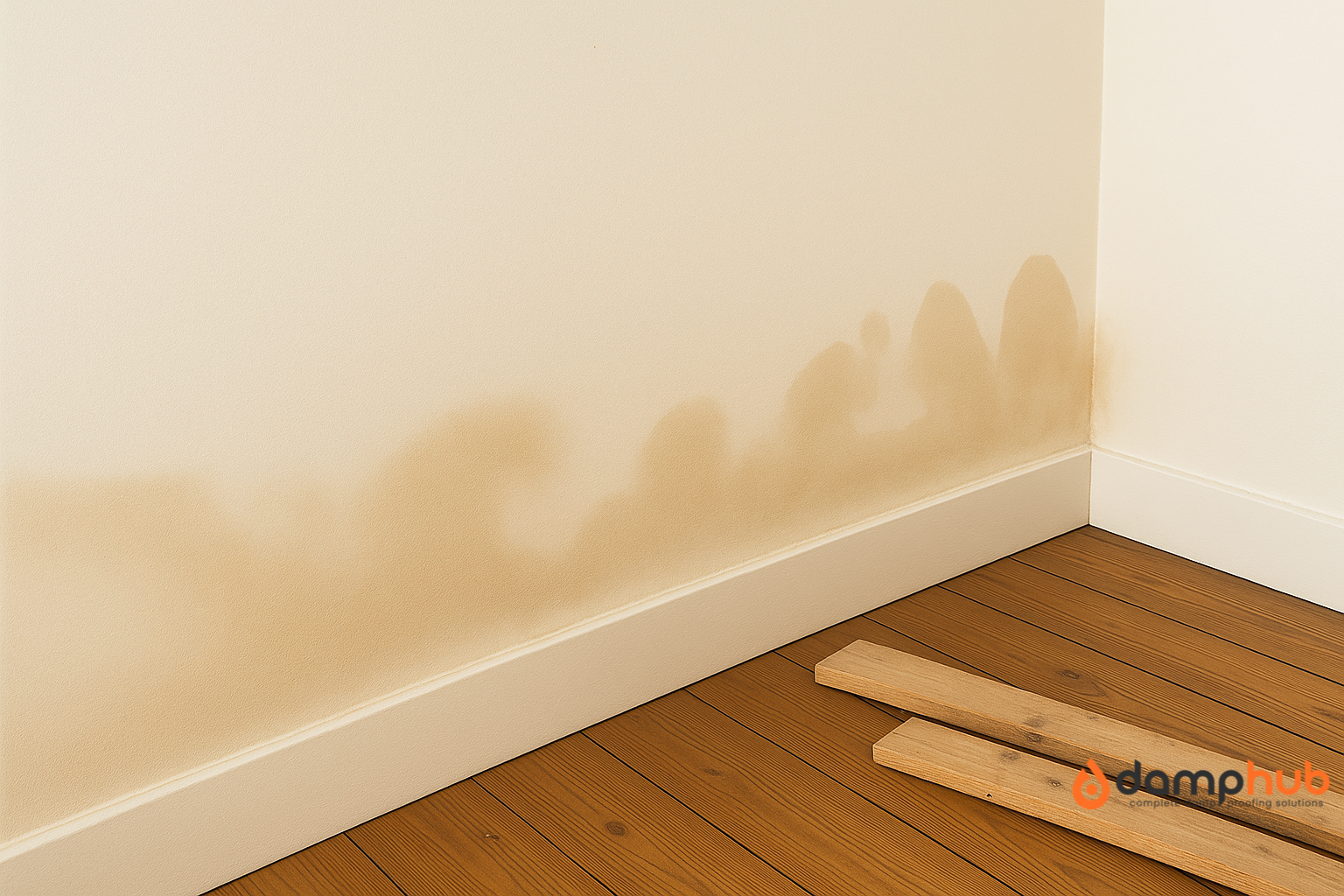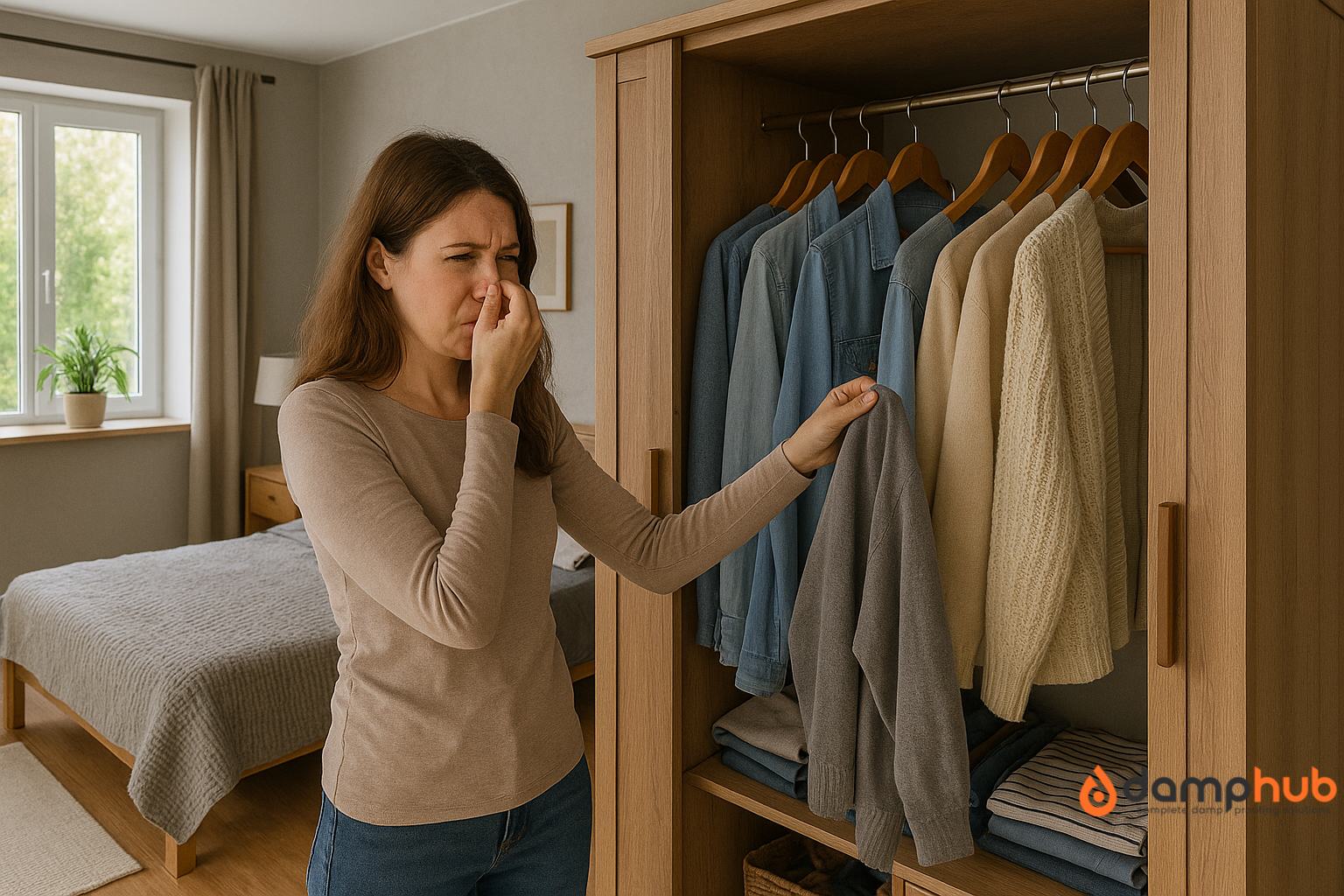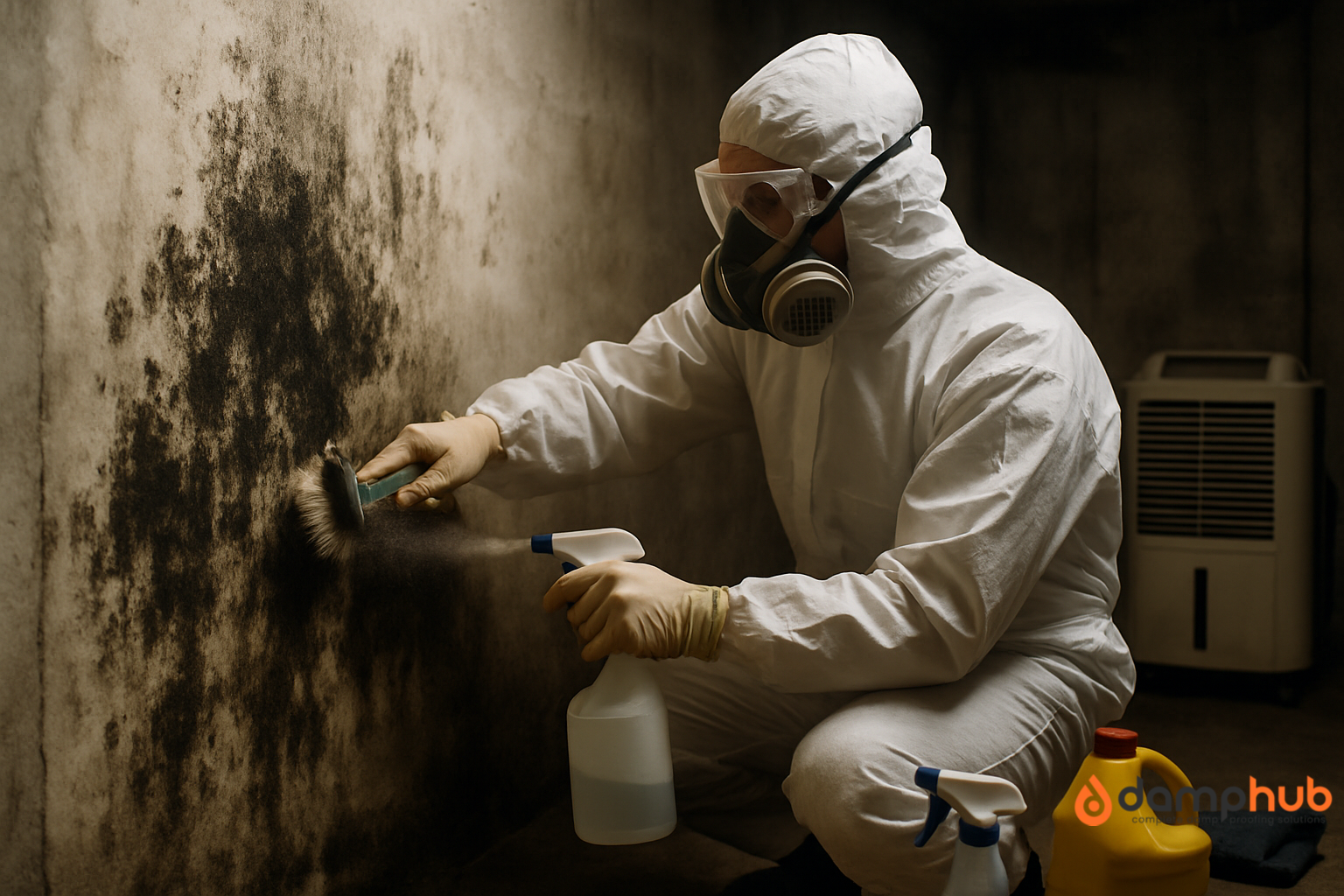
Carpet beetle larvae and bed bugs often get lumped together, but they’re two very different headaches. One chews through your jumpers and rugs. The other waits until you’re asleep to bite. Both can leave you itchy, confused, and frustrated.
This guide breaks down exactly how to spot the difference, treat the problem, and stop either pest from taking over.
But before that, you may want to read our other guide👉 What Is the Woolly Bear Carpet Beetle?
Carpet Beetle Larvae vs Bed Bug Quick Comparison Table
| Feature | Carpet Beetle Larvae | Bed Bugs |
|---|---|---|
| Appearance | Small, fuzzy, striped, 2–5mm | Flat, reddish-brown, 4–7mm |
| Stage You See | Larvae (worm-like) | Adults or eggs |
| Skin Effects | Rash from hairs | Itchy red bites |
| What They Eat | Natural fibres like wool, feathers | Human blood |
| Active Time | Daytime | Nighttime |
| Hiding Spots | Carpets, vents, wardrobes | Beds, frames, cracks |
| Health Impact | Allergic rash | Bites, anxiety, sleep problems |
| Egg Clues | Scattered, white | Sticky, hidden in crevices |
What Do Carpet Beetle Larvae Look Like?
They look like tiny worms covered in stiff hairs—brown, reddish, or golden, with faint stripes. Most are just 2–5mm long and crawl slowly. These aren’t adult beetles. They’re larvae, and they’re the real problem.
They hatch from eggs and immediately start munching on wool, fur, leather, feathers, pet hair—anything made from animal-based materials. And since they can’t fly, they stay hidden, chewing through your things.
They eat so much because their sole job is to grow. Indoors, without natural predators or weather, they thrive.
Common UK carpet beetle species include:
- Varied Carpet Beetle – Hairy, striped, sometimes called “woolly bears”. See more about the varied carpet beetle in our detailed guide.
- Furniture Carpet Beetle – Less hairy, rounder body
- Black Carpet Beetle – Longer, smoother, often found in attics
What are the signs to look for carpet beetles UK?
To determine if you have carpet beetles in your home, check the following:
- Larvae under rugs, inside vents, or crawling across shelves
- Tiny holes in jumpers, curtains, or sofa seams
- Shed brown skins in storage boxes or drawers
Pro Tip:
Finding larvae in multiple rooms? You may have more than one infestation site.
Good to Know:
Their hairs can float in the air and cause allergic reactions even if you never see the bugs.
What Do Bed Bugs Look Like?
Bed bugs are flat, oval, and reddish-brown—about the size of an apple seed (4–7mm). After feeding, they swell and darken.
They don’t fly or jump, but they crawl fast and hide well. You’ll spot them in seams, behind headboards, or in baseboards. If it’s daytime, they’re usually hidden.
Look for:
- Red-brown bugs near mattress seams or bed joints
- Small black specks (droppings) or dried blood on sheets
- Sweet, musty odour near sleeping areas

Good to Know:
You’re most likely to find them near where you sleep or nap. They don’t wander far from their food source—you.
Does Carpet Beetle Rash Look Like Bed Bug Bites?
Carpet Beetle Larvae:
Their hairs break off and sticks to fabrics, irritating the skin on contact. Carpet beetle rashes appear as red patches, hives, or bumps—usually under clothing like your waistline, back, or thighs. See our full guide on carpet beetle rash.
Bed Bugs:
They pierce the skin and feed on your blood for minutes while you sleep. Their bites are raised, red, and often form a line or cluster. Reactions vary—some people get blisters, others barely react.
Pro Tip:
Rash only on covered skin? No visible bites? Suspect carpet beetles, not bed bugs.
Where Do Carpet Beetle Larvae vs. Bed Bug Hide?
Carpet Beetle Larvae:
They favour dark, undisturbed places rich in fibres—under rugs, behind wardrobes, in air vents, under heavy furniture, and inside drawers with wool or feather-filled items.
Bed Bugs:
Their goal is to stay close to humans. Think bed frames, mattress seams, headboards, sofa cracks, curtain hems, even plug sockets. They come out at night and vanish by morning.
Check Tip:
Shine a torch into seams and cracks. Flat and fast = bed bug. Hairy and slow = carpet beetle larva.
Good to Know:
A single female bed bug can lay 200+ eggs. Early detection matters.
Do Carpet Beetles Bite?
No, they don’t. They can’t pierce skin. Instead, their hair is the culprit behind rashes.
Bed Bugs: Yes. They bite, draw blood, and often leave itchy welts or blood specks on bedding.
More from us👉 How to Identify and Get Rid of Black Carpet Beetles

Pro Tip:
Use sticky tape or a lint roller on fabric surfaces. You might lift shed larval hairs or skins.
Where Do Carpet Beetles and Bed Bugs Come From?
Carpet Beetles:
Adults fly in through open windows. Eggs or larvae can hitch a ride on second-hand rugs, clothes, or pet bedding. Pets can even carry them inside on their fur.
Bed Bugs:
They travel in luggage, furniture, or clothing. Hotels, buses, shared housing—they’re excellent hitchhikers. Once inside, they settle close to your bed and multiply.
Reminder:
A spotless house doesn’t stop them. Entry and food are all they need.
Good to Know:
Moved recently? Bought vintage furniture? Travelled? You’re at higher risk.
Are Carpet Beetle Larvae and Bed Bug Harmful?
Carpet Beetles:
Carpet beet larvae won’t harm you directly, but can trigger:
- Rashes or allergies
- Breathing irritation
- Costly fabric damage
Bed Bugs:
They’re more disruptive:
- Painful, itchy bites
- Interrupted sleep and anxiety
- Costly extermination if missed early

Pro Tip:
Spot either early and act fast. Waiting only gives them time to spread.
Our other guide👉 How to Prevent Carpet Beetle Bites
How to Get Rid of Carpet Beetle Larvae
To remove carpet beetles, try this:
- Vacuum rugs, vents, drawers, and baseboards thoroughly
- Wash clothes and soft furnishings on high heat
- Clean shelves with vinegar or soap
- Use carpet beetle spray or sprinkle diatomaceous earth
- Seal cracks, vents, and gaps in skirting boards
Heavily chewed or infested items? Bin them. It’s not worth the risk. See our UK-specific full guide on how to get rid of carpet beetle.
Good to Know:
You may need several rounds of vacuuming and cleaning over a few weeks.
How to Remove Bed Bugs
Your checklist:
- Wash bedding, curtains, and clothes at 60°C or higher
- Vacuum all bed joints, skirting boards, and furniture seams
- Use an HSE-approved bed bug spray
- Cover mattresses with bed-bug-proof zip covers
- Use steam cleaners on gaps and tight spots
- Still seeing signs? Call a pest control expert
Warning:
Bed bugs are stubborn. DIY may help, but pros usually finish the job.
Pro Tip:
Treat all rooms. Bed bugs travel. Don’t let them set up in your sofa after you clean the bed.
Can You Have Both Carpet Beetle Larvae and Bed Bug?
Yes, although it’s not common. Carpet beetles and bed bugs don’t compete, but can both enter through second-hand items or after travel.
Good to Know:
Seeing bugs and fabric damage, plus skin issues? Call a pest expert. A full inspection clears the guesswork.
Final Thoughts
Still unsure what’s causing the itch? Here’s the shortcut:
- Itchy bites in rows or blood on sheets? Think bed bugs.
- No bites but rashes on covered skin? Probably carpet beetles.
Snap a photo and compare with the University of Kentucky Entomology, or get a pest inspection if you’re stuck.
Answers to Commonly Asked Questions

-
Why am I getting a rash but can’t find any insect bites?
You might be reacting to carpet beetle larvae. Their tiny, bristle-like hairs can irritate the skin and cause red, itchy rashes, often mistaken for bites. These reactions are a type of allergic response, not actual insect stings.
-
Can carpet beetles infest my bed like bed bugs?
Carpet beetles don’t live in beds like bed bugs do. However, they may crawl across bedding or hide nearby in carpets, vents, or wardrobes. They’re drawn to natural fibres and may settle in areas with wool, feathers, or pet hair.
-
Which is harder to get rid of—carpet beetles or bed bugs?
Bed bugs are usually more difficult to eliminate. They feed on blood, hide in tight cracks, and reproduce quickly. Carpet beetles, while damaging to fabrics, are less invasive but still require proper treatment to fully remove.
-
When should I call a pest control professional?
If vacuuming, washing infested fabrics, and using insecticides haven’t resolved the problem within 10–14 days, it’s time to call a licensed pest control expert. They can inspect for hidden larvae and provide targeted treatment.
-
Why do carpet beetles trigger sneezing or allergies?
The larvae shed tiny hairs that float in the air. These hairs can irritate the nose, eyes, and skin, especially in sensitive individuals. This often leads to sneezing, coughing, watery eyes, or skin irritation, similar to hay fever symptoms.






